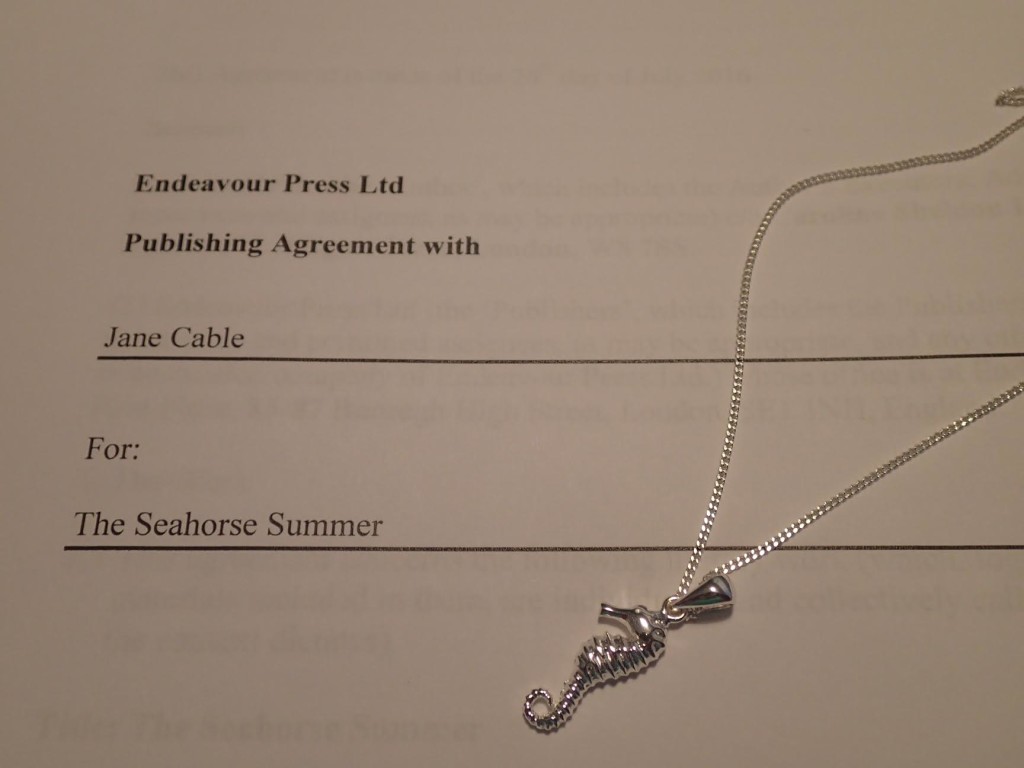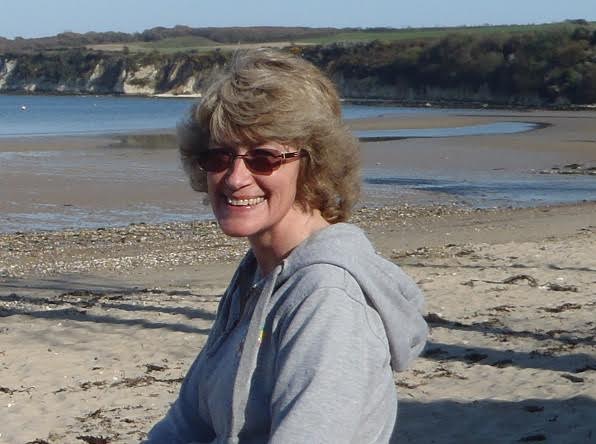Jane Cable’s blog about what happens once that digital publishing deal is in the bag continues.
TECHNICAL BEST
I feel as though I know every word of The Seahorse Summer off by heart. And that can’t be a good thing. My real battle with editing over a short period of time is coming to the manuscript fresh and able to concentrate on what’s actually on the page, not what I think is there.
It’s just as well I’m on the last lap now, the technical points which are often overlooked. None of them rocket science but mistakes which are all too easy to make and not so simple to spot: a ‘by’ for a ‘my’; a missing indefinite article; and the multiple perils (for me at least) of punctuating dialogue. Yes, I could leave that to the proof reader but I’d like to submit a manuscript which is as perfect as possible.
I have another task for this week too. Quite some months ago I was asked to judge the Autumn Writing competition for one of the better writing groups. The subject matter – A Ghost Story – poetry or prose – and now the entries are sitting in my inbox. To be honest they will be a welcome distraction.
Most helpfully the group’s website gives a critique guide which can double as a framework when editing your own manuscript and for anyone embarking on the process I thought it would be useful to summarise:
Plot
Is the plot believable? Is it too fast or too slow? Too simple or too complex?
Characters
Too many characters or too few? Are they real people, or flat cutouts? Is it easy to confuse one with another?
Setting
Too many locations or too few? Too much description or too little?
Dialogue
Too much or too little? Do the characters have different voices? Are their words believable?
Viewpoint
Do we stay in one viewpoint, or change? Does the chosen viewpoint work?
Ending
Is the ending too sudden or too slow? Does it follow logically from the story? Does it leave the reader satisfied?
Technical Points
Are there errors in grammar, spelling, layout or punctuation? Are there factual mistakes?
Having some sort of structure helps you to step back from your own work and see it more as others do. Not an easy task, by any means, but an essential part of the writing process. If you don’t belong to a writers’ group you may well have completed your manuscript in glorious isolation. If you aren’t against a deadline, put it down for a few weeks, read something else, get out into the real world for a while so you come back to it fresh.
At the very least, pick up a few ghost stories and settle down with a cup of tea to enjoy them.
Jane Cable is the author of two independently published romantic suspense novels, The Cheesemaker’s House and The Faerie Tree, and a sporadic contributor to Frost. The Seahorse Summer tells the tale of how two American soldiers born sixty years apart help forty-something Marie Johnson to rebuild her shattered confidence and find new love. Discover more at www.janecable.com.



